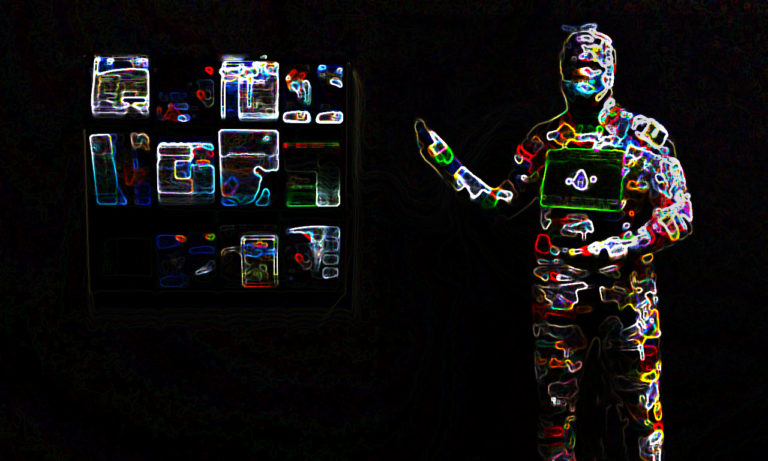

Wearables such as Fitbit watches, heart rate fitness bands, and other Smart Technology gadgets have skyrocketed in popularity within the last year, and continue to grow. According to ABI Research, “close to 42 million wearable wireless sports, fitness and wellness devices will be shipped globally this year”. The information that they are tracking is useful to the consumer, helping with fitness, linking household gadgets on one device, and tracking usage for utilities. However, this information is not just being generated to personal efficiency and use. Many companies are now tapping into the wearable technology landscape to track data from the devices to help companies determine much more. Utility companies are using data to track waste habits and energy companies.
Wearables for Wellness
Similarly, healthcare companies are using the wearable Fitbit technology to track data for businesses to determine health-care coverage plans and increase wellness for employees. ABI predicted that melding consumer data in wearable tech to the big data analysis for health-care companies will hit over 40 billion by 2019. For example, Fitbit is selling their device to millions of companies to engage their employees and promote healthier, more active lifestyles. However, the data that is being collected by the devices is accessible to the FitBit company and being disseminated to health-care businesses to determine sick day allowances, health-care coverage offerings and other benefits for employees.
Smart Homes: A Growing Trend
Another example of big data analysis is in Smart Technology for the home. Startup companies such as Nest, a learning thermostat, is tracking activity within the house to benefit consumers by helping them save on their utility bills and cutting down their energy costs. Nest learns about your household’s activity over time, which could cut down on energy consumption. Their goal is to partner with utility companies in order to save money. The Nest system tracks activity within the household and can turn down heat, or other systems based on the amount of activity detected within the household. By having a smart system linked to the utilities within the household, it can help consumers save money, while reallocating energy resources for more effective use. However, Nest co-founder Matt Rogers told Business Insider that that “despite these partnerships, utility companies will never have control over your living room.”
With the new age of wearable technology and “smart-everything” the amount of data that can is tracked, logged and able to be used for either personal consumption, or to determine business practices is overwhelming. Taxi’s log our location, in cities city trash companies are tracking waste habits and water usage, computers log our clicks and purchases to help with marketing. Wearable technology and smart systems for our homes are not left out of this either. Big data companies are positioning themselves to acquire the data from these systems to use and change their practices and products according to consumer trends. Businesses are already establishing these systems, which shows that the data that the smart technologies and wearable tech is acquiring is highly valuable and those that have access to it, will be ahead of the game for what is to come in the future.
Photo credit: Global Panorama / CC SA 2.0

